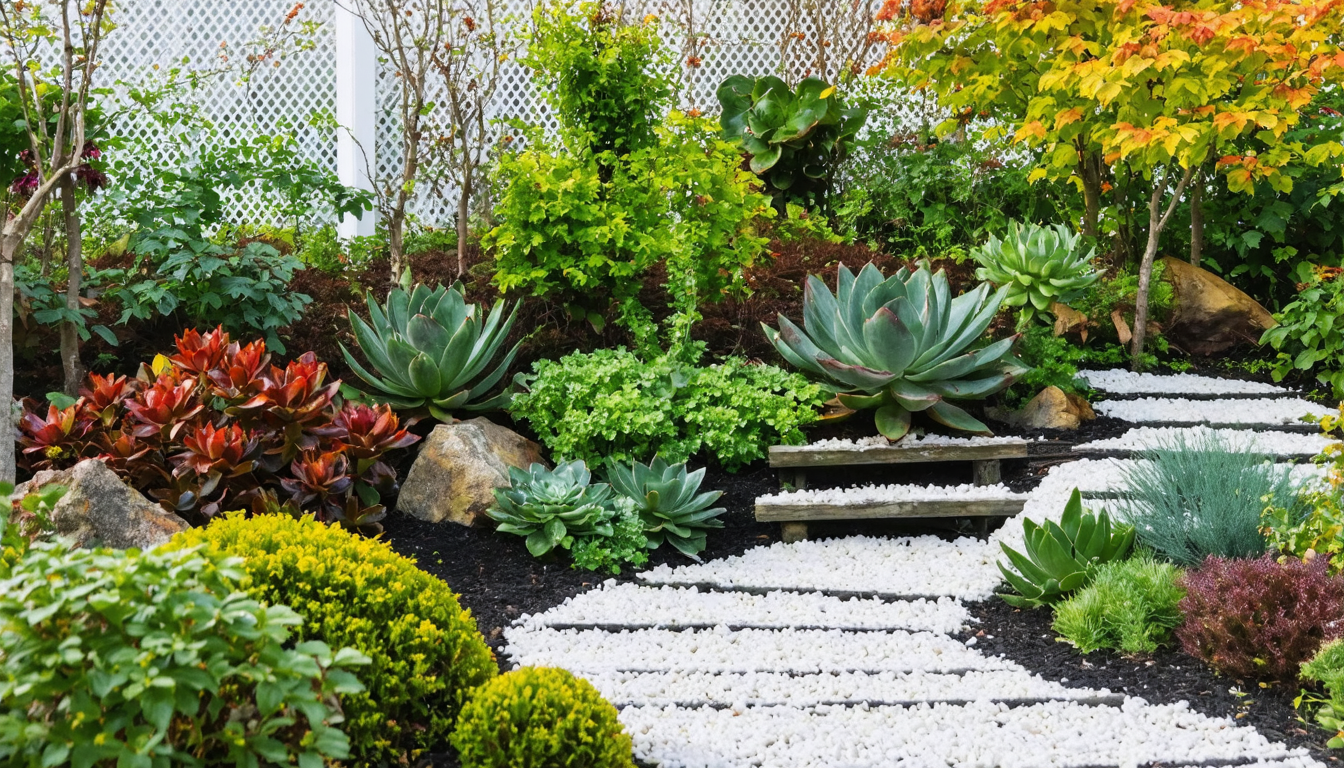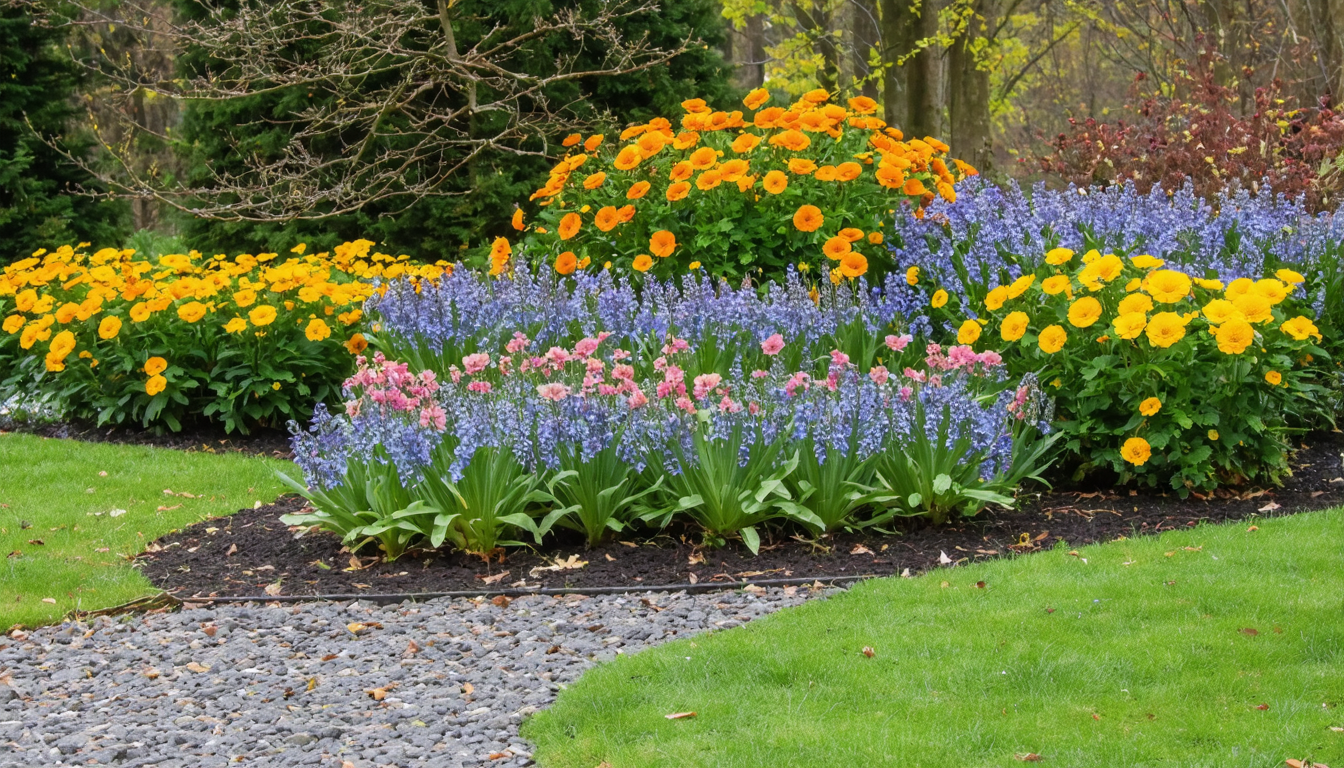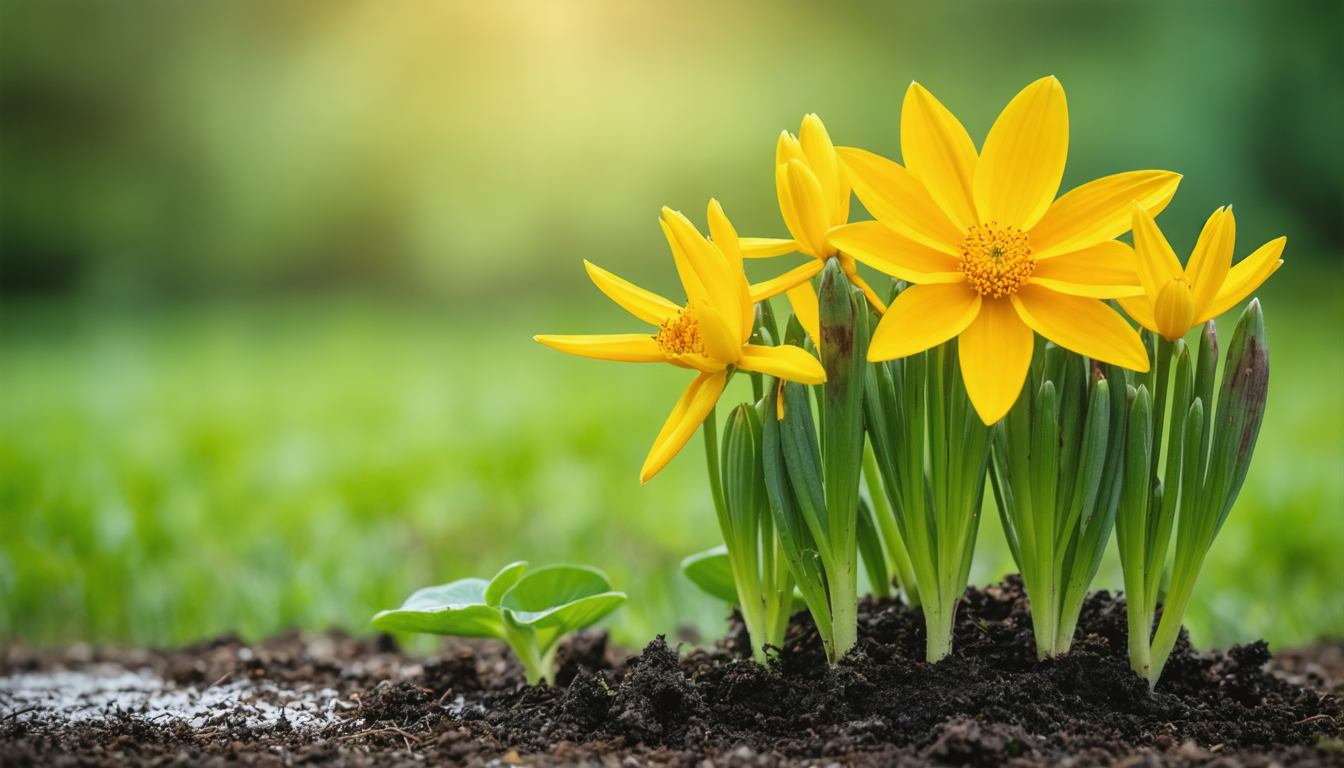
Why Bother? The Consequences of a Neglected Winter Garden
The Heartbreak of Frost-Heaved Perennials
Waking up in spring to find your cherished perennials, like heuchera or shasta daisies, literally pushed out of the soil is a disheartening sight. This “frost heave” occurs during repeated freeze-thaw cycles, where water in the soil expands as it freezes, lifting the plant’s crown and roots, leaving them exposed and vulnerable to death.
Winter Burn: The Silent Killer of Evergreens
Your evergreens aren’t necessarily killed by the cold itself, but by dehydration. On sunny or windy winter days, evergreens lose moisture through their needles, but the frozen ground prevents their roots from replacing the water. This leads to the characteristic brown, scorched appearance, often killing entire branches or the whole plant.
Broken Branches and Structural Damage
The weight of ice and heavy, wet snow can snap the limbs of trees and shrubs, especially those with multiple narrow crotches like arborvitae or some maple varieties. This damage is not only unsightly but can be costly to repair and may permanently disfigure your prized landscape plants.
Unwanted Pests Making a Home in Your Debris
Leaving piles of old leaves and plant debris provides the perfect five-star hotel for slugs, snails, and insect eggs to overwinter. Fungal diseases like powdery mildew and blight can also linger on infected leaves, ready to re-infect your garden at the first sign of spring warmth.
Your Zone-by-Zone Guide to Winterizing Your Garden
The Final Tidy-Up: What to Cut and What to Leave
A thorough fall cleanup is essential, but it’s not about creating a sterile landscape. The key is knowing what to remove and what to leave for the health of your garden’s ecosystem.
| Cut Back & Remove | Leave Standing |
|---|---|
| Diseased foliage (e.g., peonies with mildew, tomato plants) | Ornamental Grasses (for structure and winter interest) |
| Spent annuals | Seed heads of coneflowers, sunflowers (food for birds) |
| Most vegetable plant debris | Hollow-stemmed perennials (habitat for native bees) |
Protecting Your Plant’s Roots: The Mulching Mission
The primary purpose of winter mulch is not to keep the plants warm, but to keep the soil consistently frozen. This prevents the damaging cycle of freezing and thawing that causes frost heave. Apply mulch after the ground has frozen hard.
| Mulch Type | Best Use | Pros & Cons |
|---|---|---|
| Chopped Leaves | Flower beds, around perennials | Pros: Free, adds organic matter. Cons: Can mat down if too wet. |
| Straw | Vegetable gardens, strawberry beds | Pros: Excellent insulation. Cons: Can contain weed seeds. |
| Wood Chips / Bark | Around trees and shrubs | Pros: Long-lasting, decorative. Cons: Doesn’t break down quickly. |
Wrapping and Sheltering Vulnerable Plants
Not all plants need the same level of protection. Tender shrubs and broadleaf evergreens often require a physical barrier against winter wind and sun.
| Protection Method | Ideal For | How-To |
|---|---|---|
| Burlap Wraps/Screens | Rhododendrons, Boxwood, Hollies | Create a screen or loose wrap to block wind; never wrap tightly in plastic. |
| Rose Cones / Collars | Tender Rose Bushes | Mound soil or mulch over the graft union, then place a cone over the top. |
The Secret Most Gardeners Miss: Hydration is Key
The “Goodbye Drink” – Watering Deeply Before the Ground Freezes
This is the single most overlooked step in winterizing. A plant entering winter drought-stressed is incredibly vulnerable. In late autumn, before the soil freezes solid, give all your plants—especially evergreens and newly planted trees—a long, slow, deep watering. This saturates the root zone, providing a crucial reservoir of moisture that the plant can draw on throughout the winter. A well-hydrated plant has a significantly higher concentration of solutes in its cells, which acts like a natural antifreeze, dramatically boosting its cold hardiness and preventing the desiccation that is the leading cause of winter plant death.
Don’t Forget the Feathered Friends: Winter Wildlife Care
Providing Food and Water Through the Cold Months
Your winter garden can be a vital sanctuary for wildlife. By leaving some seed heads and berries on your plants, you provide a natural food source for birds. Consider installing a bird bath heater to provide unfrozen water, which is often scarcer than food in winter. This not only helps the local ecosystem but also brings life and movement to your dormant garden.
Winterizing Your Garden FAQ: Your Top Questions Answered
When is the absolute best time to start winterizing my garden?
The ideal window is after the first hard frost has killed back the top growth of most plants, but before the ground has frozen solid for the winter. This is typically in late fall.
Should I fertilize my plants in the fall?
No. You should avoid fertilizing trees, shrubs, and perennials in late summer and fall. Fertilizing promotes a flush of tender new growth that is highly susceptible to frost damage and will not have time to harden off before winter.
Is it necessary to cut back all my perennials?
Absolutely not. As mentioned in the cleanup section, leaving plants with sturdy stems, interesting seed heads, or hollow centers provides crucial overwintering habitat for pollinators and other beneficial insects, and adds beautiful structure to the winter landscape.
How can I protect my container plants over winter?
Contained plants are far more vulnerable because their roots are exposed on all sides. For non-hardy plants, move them to an unheated garage or shed. For hardy plants in containers, group them together in a sheltered spot out of the wind, and wrap the pots in bubble wrap or burlap. A highly effective, lesser-known trick is to dig a hole in a spare part of your garden and sink the entire pot into the ground for the winter, which provides natural soil insulation.
Spring is Coming: A Quick Look Ahead
How Your Winter Work Pays Off in a Vibrant Spring
The effort you put in during the autumn will be repaid tenfold when spring arrives. You’ll be greeted by healthy, intact plants that break dormancy with vigor, not by a scene of winter devastation. Your perennials will be firmly rooted, your evergreens will be a lush green, and your garden will be free of the major pest and disease issues that overwinter in neglect. This head start allows you to focus on the joy of new growth, rather than costly and heartbreaking repairs.






